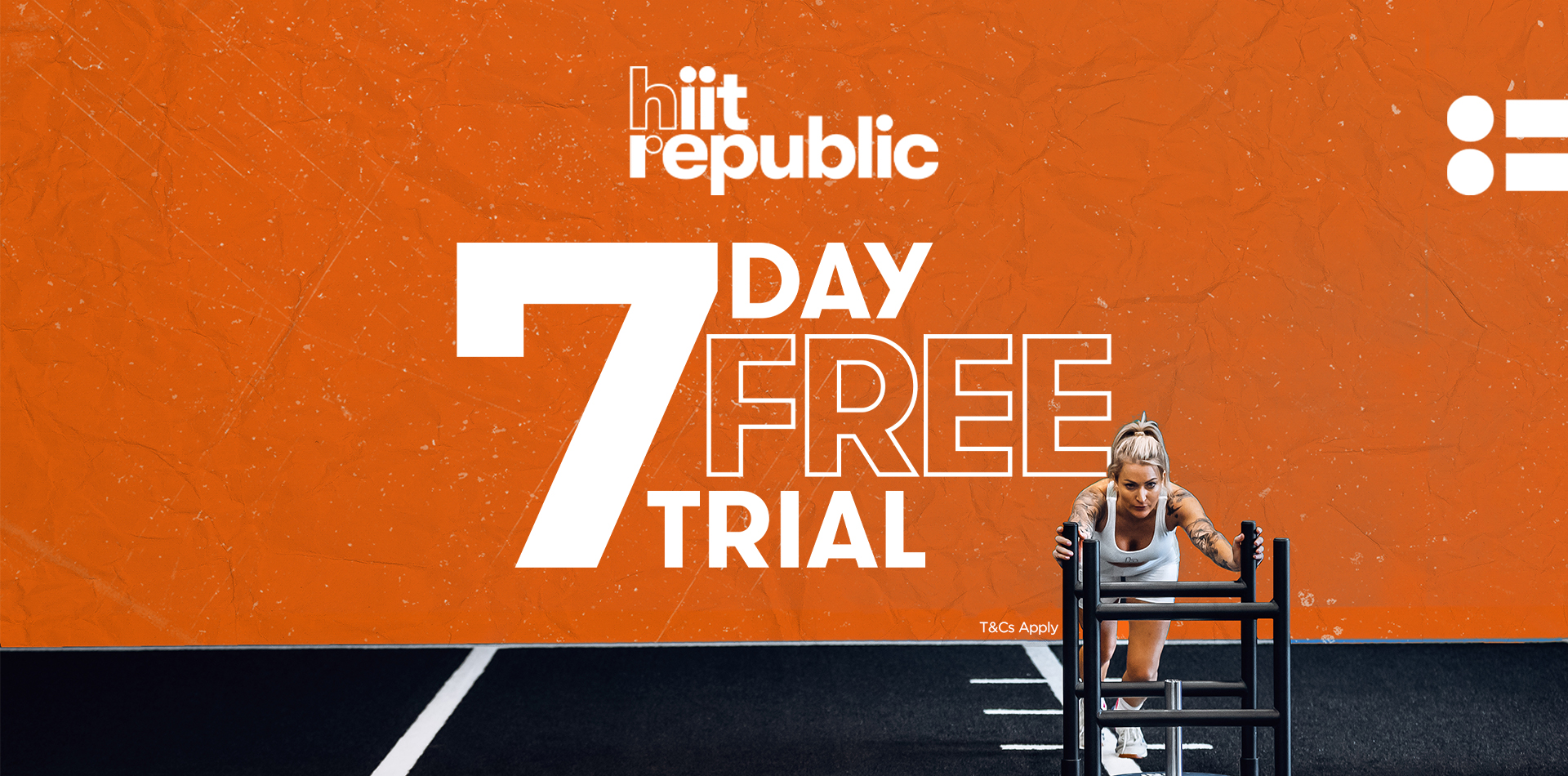Have a question? need an answer? maybe the below can help!
What is High-Intensity Interval Training?
High-Intensity Interval Training (HIIT) is a popular form of interval training that alternates between short bursts of High-Intensity with periods of Low-Intensity active rest periods. The high-intensity and low-intensity intervals can range anywhere from 10 seconds to 4 minutes long. Shorter high-intensity interval ranges (10-30 seconds) engage the anaerobic system for energy. Longer high-intensity interval ranges ranges (more than 30 seconds) will engage the aerobic system for energy. Generally, a HIIT workout (including warm-up and cool-down) can be completed within 45 minutes based upon the intensity of the workout.


